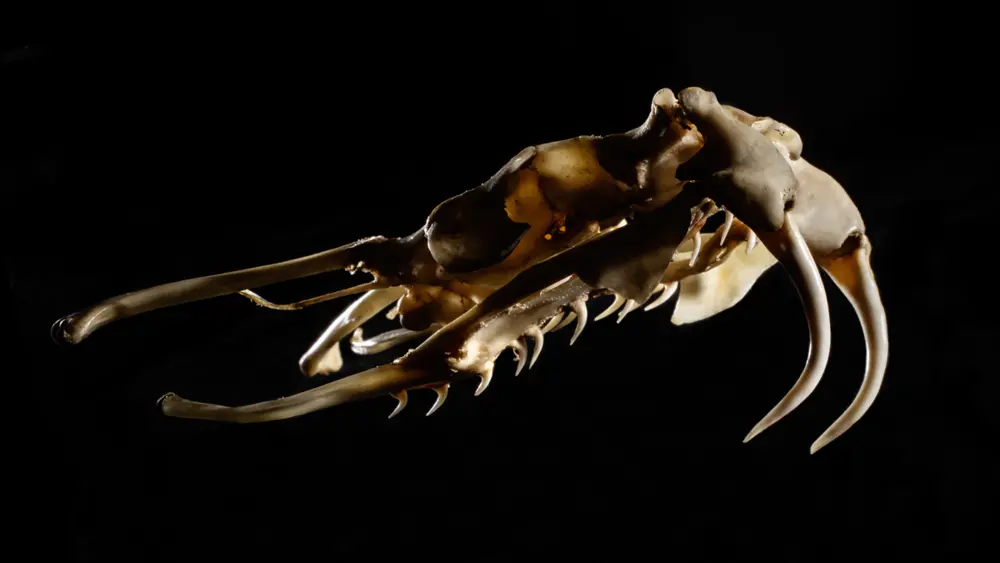
A team that studies how biological structures such as cactus spines and mantis shrimp appendages puncture living tissue has turned its attention to viper fangs. Specifically, the scientists wanted to know, what physical characteristics contribute to fangs’ sharpness and ability to puncture?
They report their findings in the Royal Society journal Biology Letters.
Like most venomous snakes, vipers have fangs that function primarily as hypodermic needles, said University of Illinois postdoctoral researcher Stephanie Crofts, who conducted the analysis of viper fangs with U. of I. animal biology professor Philip Anderson. But vipers – a group that includes rattlesnakes, asps and puff adders – tend to have hinged jaws that fold the fangs up into their mouths for storage.